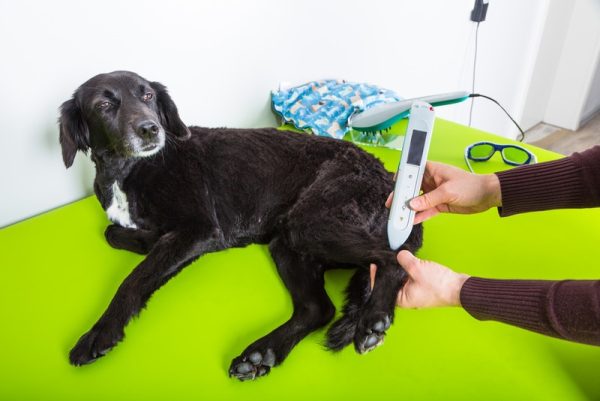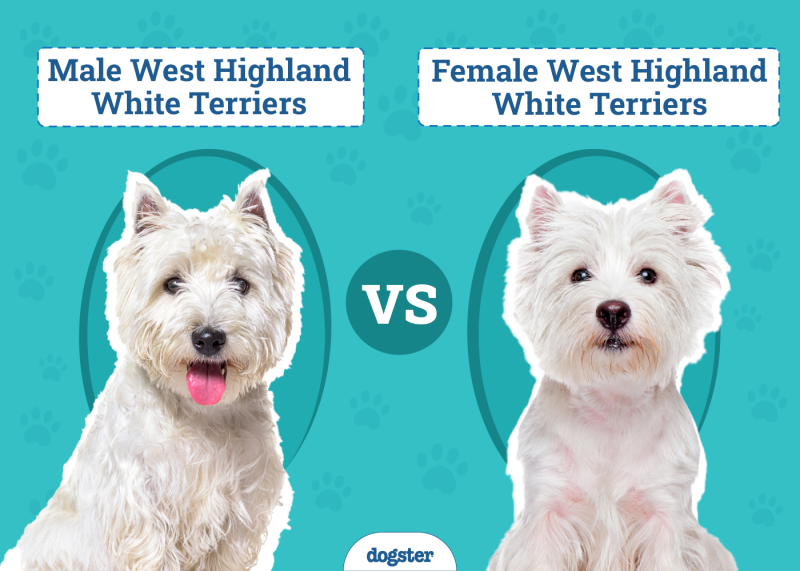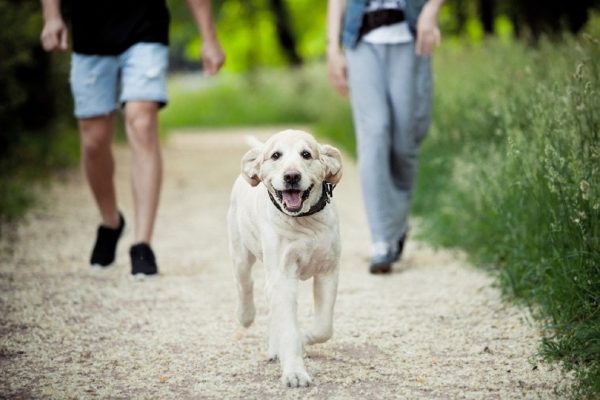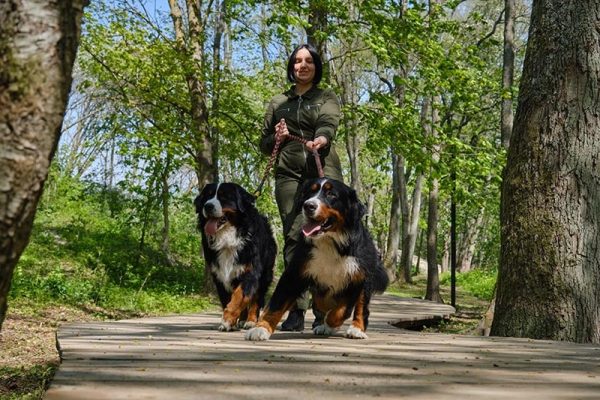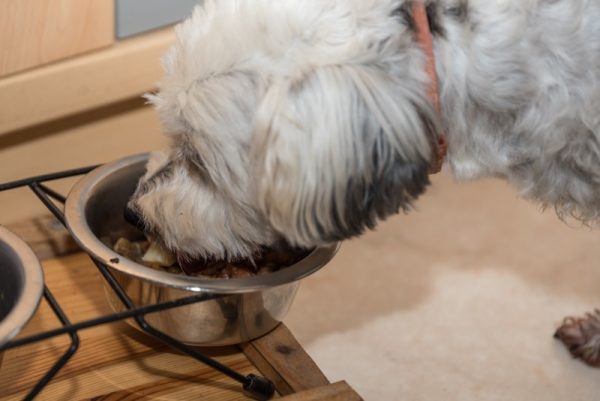One of the hardest times to be a pet owner is when you have to say goodbye to your companion. Watching a friend deal with the loss of a pet can be tough, too, and of course, you want to help. While everyone grieves differently, here are five things to do when your friend’s dog dies, plus a few things you should never do.

The 5 Things to Do When Your Friend’s Dog Dies
1. Support Your Friend
Everyone grieves differently, and if your friend has never lost a dog before, they may not know how they need support from you. Your friend may want to talk about their dog, sharing memories with others who knew them, including you.
Or they may want space to grieve but appreciate you checking in daily. Sometimes, your friend just needs someone to listen to them cry or ensure they eat. Don’t worry about saying the right thing, just be present for your friend.
Be forgiving if their grief or anger is directed towards you. Don’t expect their grieving process to have a set time limit, either.

2. Send a Sympathy Gift or Card
Sending a sympathy card, flowers, or a gift basket is a thoughtful thing to do when your friend’s dog dies. Pet-themed sympathy cards are available in nearly every grocery and drug store, and flowers are a simple but thoughtful way to show you care.
Many companies allow you to send a personalized gift basket to your friend. Another option is to have your friend’s favorite meals delivered to their house.
3. Honor Their Dog
When your friend first loses their dog, they may not be ready to think about memorializing their pet. However, when the time is right, it can be nice for you to get your friend a memorial gift or honor their dog in another way.
For example, you could donate to a pet charity in memory of your friend’s dog. Jewelry, artwork, or a saved pawprint or lock of hair are all potential ways to honor your friend’s loss.
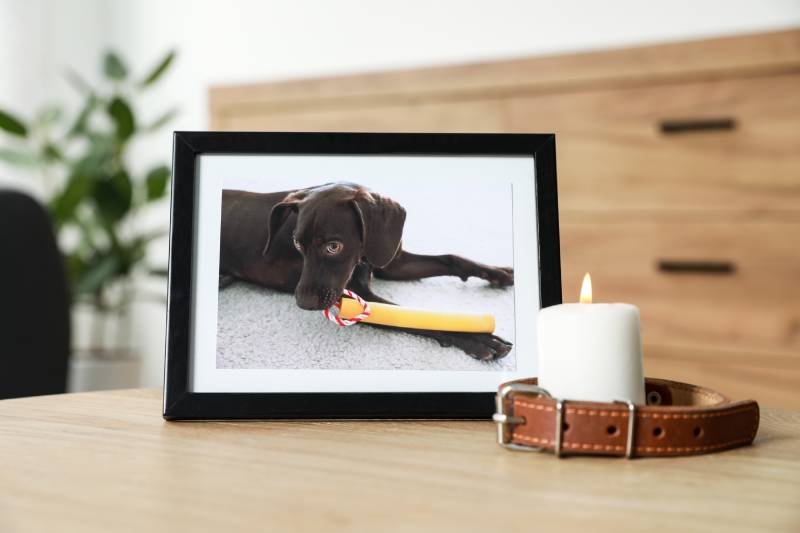
4. Provide Closure
Because we rarely have funerals or memorial services for our pets, it can be challenging for your friend to get closure after the loss of their dog. Consider helping them get it in another way or plan a memorial.
You can gather your friends and go hiking on the dog’s favorite trail or scatter the dog’s ashes somewhere memorable.
5. Be There for the Firsts
When a dog dies, the grieving owner will face a series of heartbreaking “firsts” as they cope with the loss. For example, the first time they wake up after the dog’s passing, they’ll realize they don’t have to take the dog for a walk.
The first birthday or holiday that their pet misses will also be heartbreaking. If possible, go with your friend or be there to help them deal with these situations. Some people prefer to be alone, but others will appreciate the support. You won’t know unless you ask.


What Not to Do When Your Friend’s Dog Dies
Even if you have the best intentions, there are a few things you should avoid doing when your friend’s dog dies.
- Never minimize their grief by comparing it to losing a human or suggesting they shouldn’t be sad over losing a dog. Many people consider their pets family, and this can be hurtful to your friend.
- Don’t assume you know how your friend feels, even if you’ve lost a dog. Everyone’s feelings are different. You don’t want your friend to feel they have to grieve or feel things in the same way you did.
- Give your friend as much time as they need to grieve, and don’t suggest adopting a new pet or getting rid of the old dog’s belongings.
- Don’t tell your friend that getting a new dog will help them feel better. For some people, that’s true. Others may be too sad to consider having another pet in their home again. Let your friend feel whatever they are feeling without judgment.

Final Thoughts
Dealing with a friend who has lost a dog can be intimidating because we are so afraid to say or do the wrong thing. We may not feel prepared to help our friend and pull back instead. It’s important to remember that there’s no perfect thing to do when your friend’s dog dies.
These five suggestions can help, but they aren’t a one-size-fits-all solution. The best thing you can do is not assume you know what your friend needs. Ask them and be present for them in whatever way they need for as much time as they want.
See Also:
- How To Memorialize A Pet: 12 Heartfelt Ways
- How Would You Feel if Your Vet Performed an Autopsy on Your Deceased Pet Without Your Permission?
Featured Image Credit: Solovyova/ Getty Image




